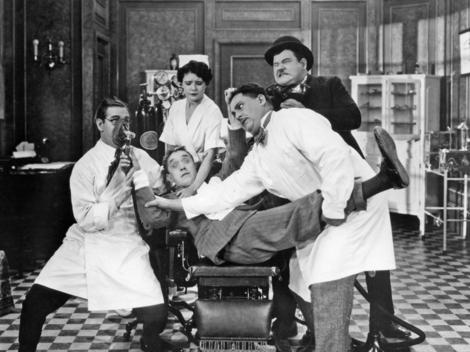Sedation Dentistry
For people who avoid dentists like the plague, sedation dentistry may take away some of their anxiety. Sedation can be used for everything from wisdom teeth extractions to a simple tooth cleaning. That depends on the severity of the fear

What Is Sedation Dentistry?
Sedation dentistry uses medication to help patients relax during dental procedures. If you are treated under Minimal or Moderate sedation you will stay awake but relaxed. During moderate sedation (also called “conscious sedation”) — you may slur your words when speaking and not remember much of the procedure.
We offer the following types of sedation:
Inhaled minimal sedation.
You breathe Nitrous Oxide, otherwise known as “laughing gas”, combined with Oxygen through a mask that’s placed over your nose. The gas helps you relax. Your dentist can control the amount of sedation you receive, and the gas tends to wear off quickly. This is the only form of sedation where you may be able to drive yourself home after the procedure.
Oral sedation.
Depending on the total dose given, oral sedation can range from minimal to moderate. For minimal sedation, you take a pill. Typically, the pill is Halcion, which is a member of the same drug family as Valium, and it’s usually taken about an hour before the procedure. The pill will make you drowsy, although you’ll still be awake. A larger dose may be given to produce moderate sedation. This is the type of anesthesia most commonly associated with sedation dentistry. Some people become groggy enough from moderate oral sedation to actually fall asleep during the procedure. They usually can, though, be awakened with a gentle shake. Regardless of which type of sedation you receive, you’ll also typically need a local anesthetic — numbing medication at the site where the dentist is working in the mouth — to relieve pain if the procedure causes any discomfort.
Who Can Have Sedation at the Dentist?
Sedation is most appropriate for people with a real fear or anxiety that is preventing them from going to the dentist.
Sedation dentistry may also be appropriate for people who:
Have a low pain threshold
Can’t sit still in the dentist’s chair
Have very sensitive teeth
Have a bad gag reflex
Need a large amount of dental work completed
